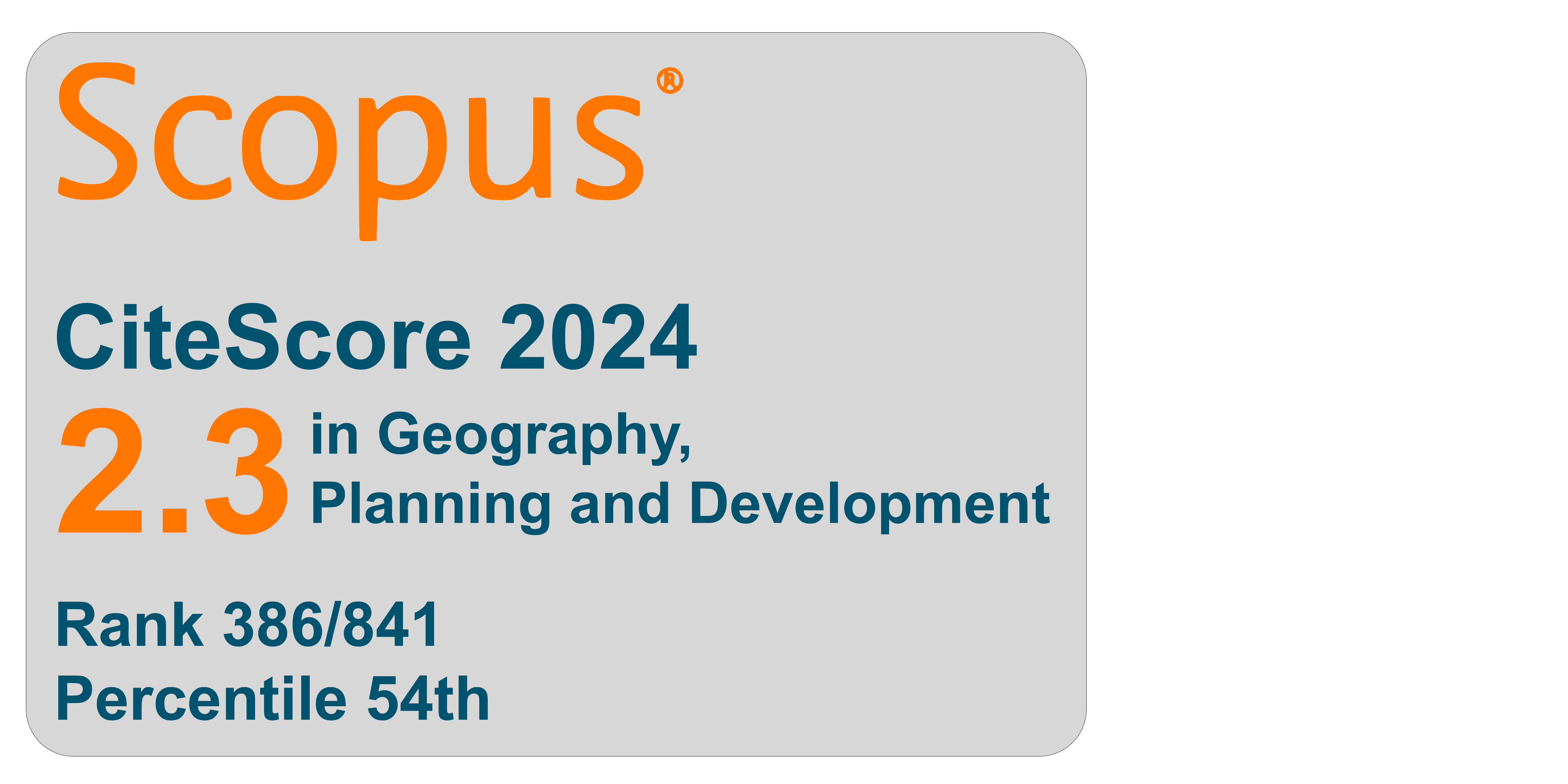Questioning urbanisation models in the face of Covid-19
The crisis as a window of opportunity for inner areas
DOI:
https://doi.org/10.6092/1970-9870/6913Keywords:
Urbanization, Rural development, National Strategy for Inner Areas, EU Cohesion Policy, COVID-19Abstract
The COVID-19 pandemic raises questions on the ever-growing urban concentration that characterizes our society and various experts are pointing out the need to rethink our cities. At the same time, a number of voices advocate for a rediscovery of the rural. However naive they may sound, these claims have the merit to call for a thorough reflection on the challenges and potentials that alternative modes of urbanisation could bring along. In order to provide a contribution in this direction, the article introduces the challenges that the present sanitary emergency raises for contemporary urban environments, to then reflect on the reasons behind the progressive abandonment of remote rural areas, and especially on the increasingly scarce accessibility to services they offer to their inhabitants. The authors argue that policies dedicated to counteract these trends are needed, in order to enhance the overall resilience of our societies. In this concern, the National Strategy for Inner Areas, promoted by the Italian Government to trigger place-based territorial development in the remote areas of the country, is a promising way forward, and the present crisis constitutes a window of opportunity to further strengthen and refine its approach in the view of the coming EU programming period.
Downloads
Downloads
Published
How to Cite
Issue
Section
License
Copyright (c) 2020 TeMA - Journal of Land Use, Mobility and Environment

This work is licensed under a Creative Commons Attribution-NonCommercial 4.0 International License.



